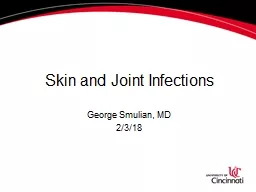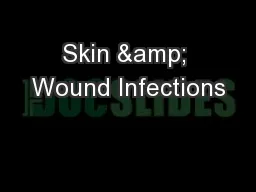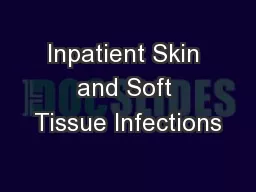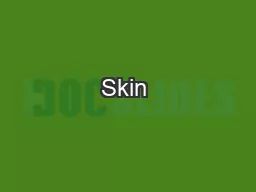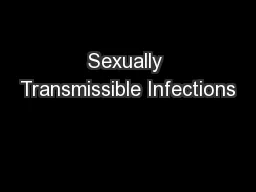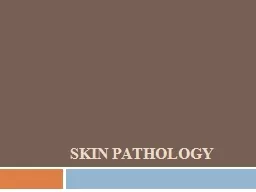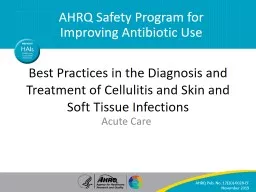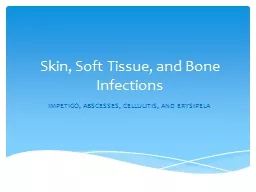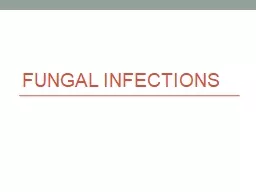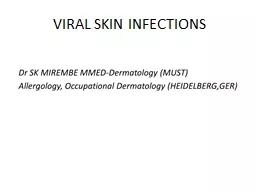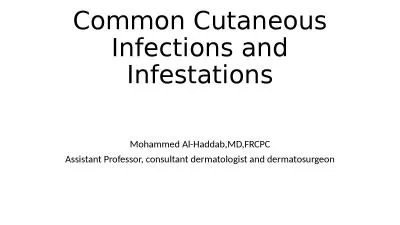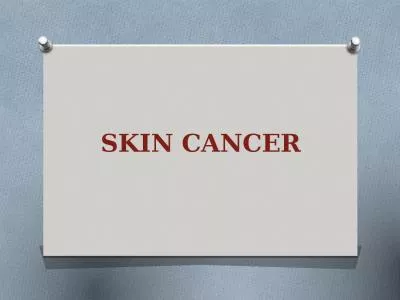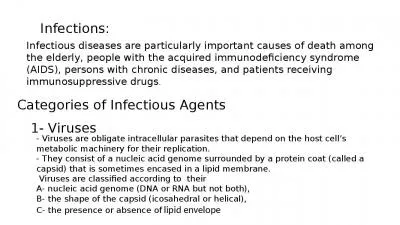PPT-Skin and Joint Infections
Author : jane-oiler | Published Date : 2020-04-04
George Smulian MD 2318 Question 1 A 22 yo M is seen in clinic for a painful spot on his right leg It appeared approximately 3 days ago Of note he is on the football
Presentation Embed Code
Download Presentation
Download Presentation The PPT/PDF document " Skin and Joint Infections" is the property of its rightful owner. Permission is granted to download and print the materials on this website for personal, non-commercial use only, and to display it on your personal computer provided you do not modify the materials and that you retain all copyright notices contained in the materials. By downloading content from our website, you accept the terms of this agreement.
Skin and Joint Infections: Transcript
Download Rules Of Document
" Skin and Joint Infections"The content belongs to its owner. You may download and print it for personal use, without modification, and keep all copyright notices. By downloading, you agree to these terms.
Related Documents

